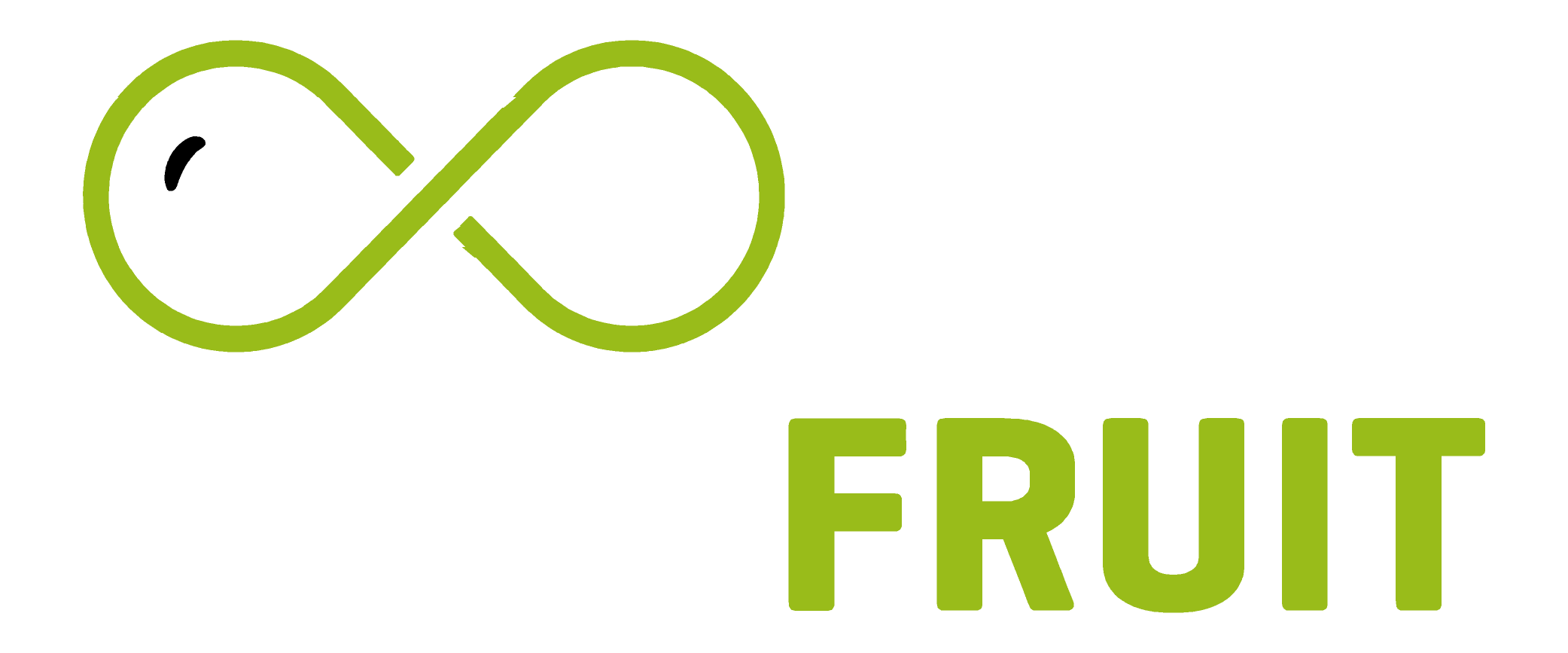The event will feature controlled fertiliser injection systems, probes for measuring underground humidity, underground irrigation systems and solar pumping systems, among others.
New trends in agricultural irrigation will play a prominent role at the Sant Miquel Agricultural Fair and the Eurofruit show, a trade fair event that will take place from 30 September to 3 October at the Fira de Lleida exhibition centre. The irrigation sector —an area of agriculture that has benefited in recent years from two major generic advances, technification and the implementation of energy efficiency— will be represented by a wide range of services and innovations presented by several exhibiting companies.
Among other proposals, the event will host systems for the controlled injection of nitrogen from slurry to irrigation, underground moisture measurement probes, underground drip irrigation and solar pumping.
Current trends in the irrigation sector include the implementation of new solutions. Thus, remote reading for leakage control (real-time reading of subscriber meters and the application of advanced algorithms) makes it possible to control leaks or forecast demand. This factor is essential to achieve greater efficiency, both hydraulic and operational.
Also important is the implementation of smart irrigation (irrigation management according to the real needs of the crops and the state of soil moisture). In accordance with remote sensing and sensors installed in the fields, it is possible to calculate the water balance, apply technological solutions to know when and how much to irrigate in order to optimise the consumption of water resources and, thus, favour environmental sustainability.
Remote sensing is an important advance as it provides information on the state of crops without the need to deploy any assets. A further step in this trend is the automatic adjustment of irrigation scheduling through the application of algorithms, taking into account the water needs of the crop, the soil condition and the weather forecast. Improving environmental sustainability is one of the main advantages, since optimising water consumption also reduces the energy consumption used for pumping water.
Finally, the integration of remote sensing data with smart irrigation data is essential, as it is important for better decision making to be able to see all relevant system information in real time on a single platform.

